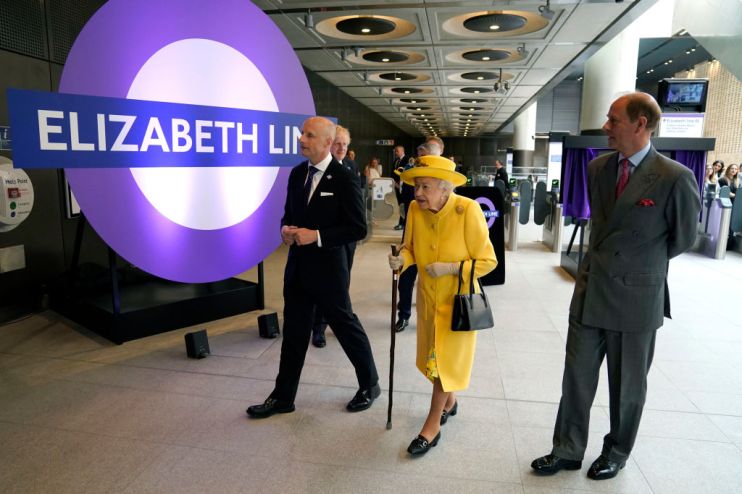The Elizabeth Line is a new badge of honor in the fascinating history of our capital city

London never stays still. Whether we’re trying to clean up our polluted air or bring our city closer together, transport has always been at the heart of change in our capital.
Riding the Elizabeth Line on Monday before it opened to the public officially yesterday, I was struck by the ambition and vision of the project – which transcends individual leaders, governments or administrations.
It goes to the very heart of what Londoners want for themselves – a better connected, cleaner, more comfortable capital. This grand endeavour is certainly a thing of beauty, and even more importantly, it is totally accessible for all.
If we want the city to continue to flourish, we must keep thinking big, and not be afraid to make the case for London. History tells us that the Elizabeth Line will change Londoners’ lives for the better, and in turn continue to power London’s place in the world. Its impact has already extended beyond London in the making of it, a shining example of how “levelling up” can work well.
In 1863, the first underground line opened from Paddington to Farringdon. The Metropolitan line was built to reduce congestion on London’s narrow, polluted streets. Sound familiar?
This connection was developed over the coming years to form what we now call the Circle Line, making travel around the capital much easier. The Metropolitan line would be extended out of London and into the suburbs, creating the “Metroland” which marked the rise of the commuter.
Getting East to West easily has always been a priority for Londoners, way before Crossrail – or even the Central Line – was established. In July 1870, the Victoria Embankment opened.
Some improvements to the capital’s infrastructure have been more subtle. Oyster cards and cashless payment technologies have also transformed Londoners’ commutes, making them more seamless. The introduction of the congestion charge zone, improved cycle infrastructure, electric buses and most recently the ULEZ is a move in the right direction as we recognise the urgent need to improve air quality in the capital.
Almost 160 years after the first tube train started serving Londoners, Farringdon is once again blessed with new infrastructure – a new Elizabeth Line station that pays homage to the ironmongers, blacksmiths, goldsmiths and watchmakers of the area.
It promises to be one of the busiest stations in the UK and, from 2026, it will open out into the London Museum – which will breathe new life into the General Market buildings of West Smithfield which have lain derelict for three decades. It will also supercharge the City of London’s efforts to reinvent the Square Mile as a truly 24/7 destination – full of culture, entertainment and nightlife.
We will open in West Smithfield as The London Museum, a welcoming space where we can all come together and see ourselves and our city in all its noisy, complicated and colourful glory.
Farringdon will be connected – to east and west via Crossrail, north and south via Thameslink, the whole of the capital via the tube and to Europe – just two stops away from Paris. I can’t think of a better location to tell our story to the world.
In view of this, the Elizabeth Line opens another chapter in London’s fascinating history, showing how our capital is once again on the move.